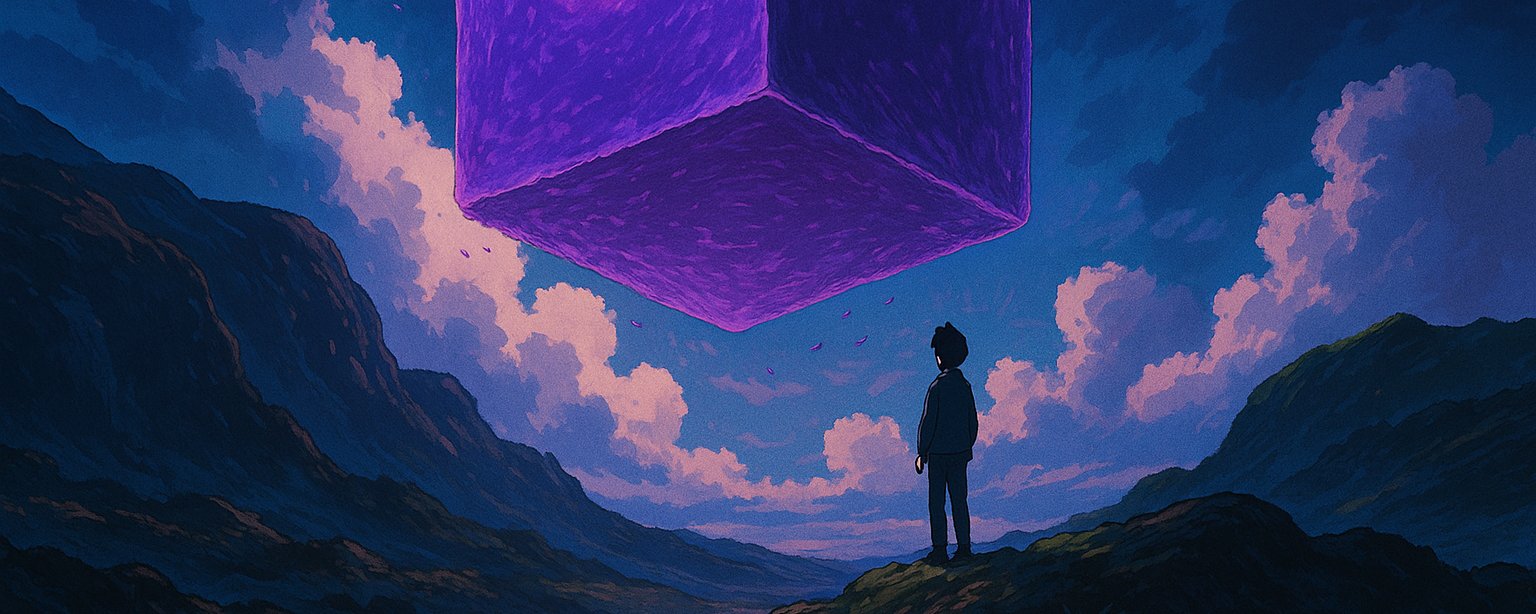
Most blockchains focus on local performance, offering faster block times, lower fees, and increasingly expressive smart contracts. But these improvements tend to stay locked within their own ecosystems.
They don’t address the harder problem: how decentralized applications can coordinate across chains in a way that is both secure and verifiable.
Instead of competing as another high-performance Layer-1, Timechain introduces a different paradigm entirely. It functions as a coordination layer (L0), a cryptographically consistent ledger designed to sequence, validate, and finalise cross chain actions.
From Computation to Coordination
Timechain is not an execution environment. It doesn’t run your DApp logic. Instead, it acts as an accountability layer for everything that happens between chains. When a cross chain swap, a DAO vote, or a data query moves between Ethereum and Solana, Timechain timestamps it, validates it through consensus, and anchors it in a single immutable record.
This gives developers something they’ve never had before: a single source of truth for cross chain activity. Messages become verifiable, execution becomes deterministic, and every interaction, no matter how many chains it touches has a clear and auditable history.
Architecture for Omnichain Applications
Timechain was designed specifically for this type of coordination. Its consensus mechanism is based on cryptographically secured timestamps, so there’s no ambiguity about when a cross chain event actually happened. It supports forkless upgrades, allowing the protocol to evolve without chain splits. And with parallelised shards, it can monitor dozens of blockchains simultaneously while maintaining consistency across validator nodes through state machine replication.
For developers, this means their applications can scale across chains without having to manage the complexity of fragmented state or trust ad-hoc bridging solutions.
Chronicle Nodes and Cross-Chain Validation
Timechain is powered by Chronicle Nodes. These validators continuously observe external blockchains, validate events, and reach consensus using Threshold Signature Schemes. No single node can approve a transaction on its own. Instead, a two-thirds majority must sign off before Timechain records the event and relays it forward.
This decentralized validation process turns Timechain into a secure and neutral foundation for any cross chain DApp.
From Fragmented Apps to Omnichain Software
When developers build on Timechain, they don’t have to think in terms of single chain deployments. Their DApps can exist everywhere at once, with state and liquidity moving fluidly between ecosystems.
That’s the shift Analog is driving. By turning coordination into infrastructure, we’re making it possible to move from a world of isolated apps to one where Web3 feels like a single, connected environment.










